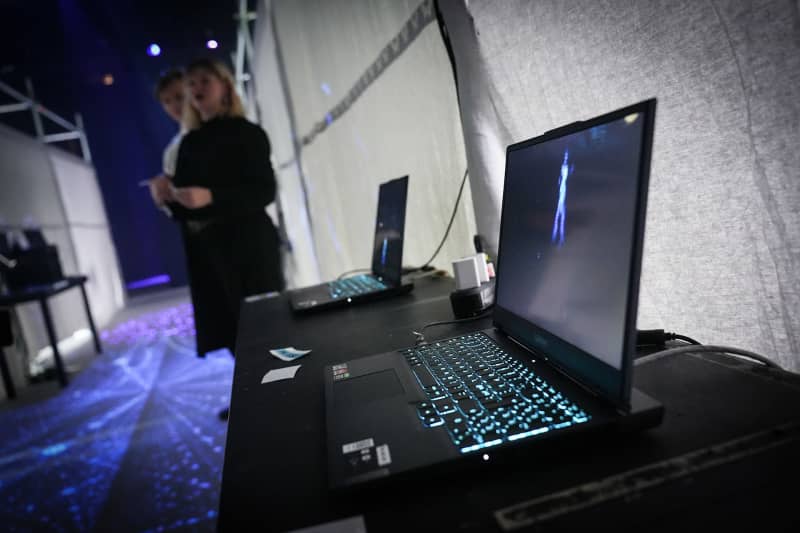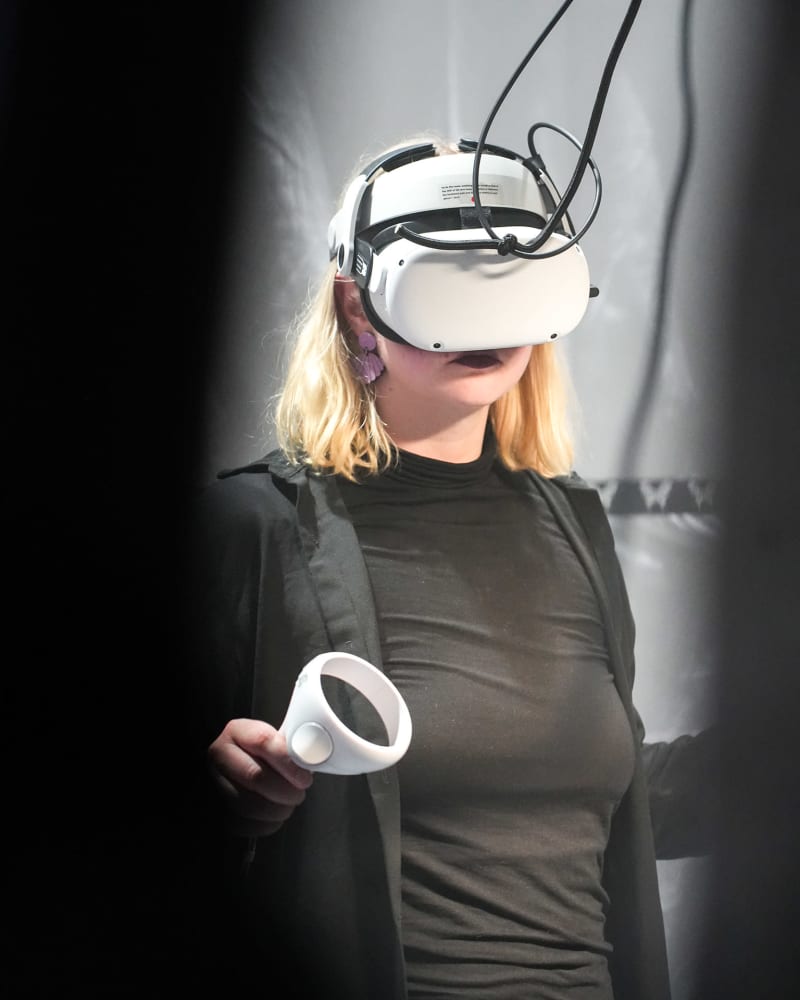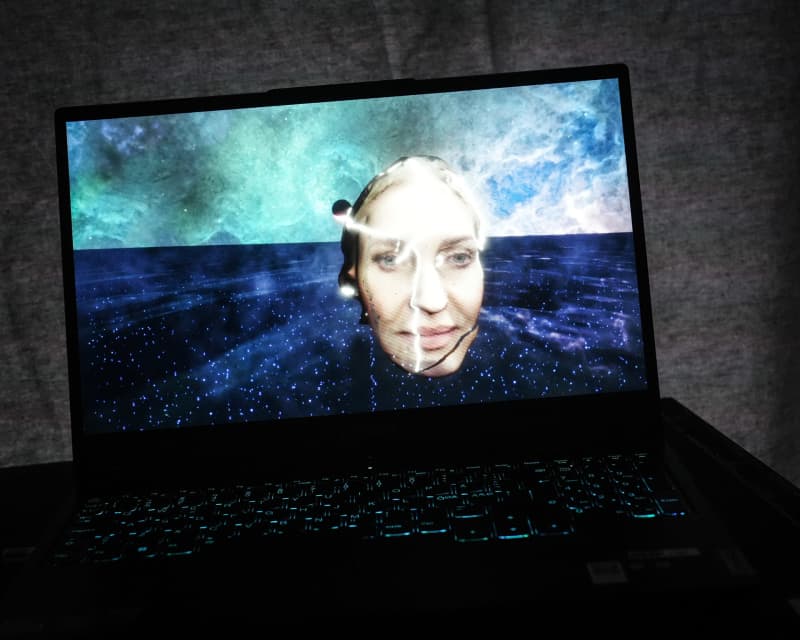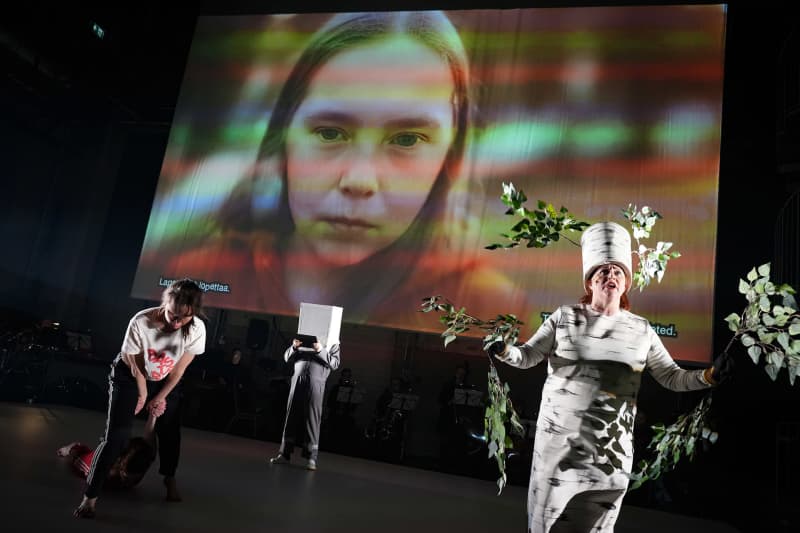
Artificial intelligence is currently being used in several domestic stage performances. It has also finally finished Gallen-Kallela’s unfinished work.
The recent sci-fi opera *After Man* deals, as the name suggests, with a time when humanity has disappeared from planet Earth. Strange creatures from the future take an interest in an extinct species and at the same time begin to revive homo sapiens with the help of genes and memes.
The goal of the non-human beings is to study and gain information about what kind of species has once inhabited the earth.
Artificial intelligence has a great singing voice
Since *After Man* is a science opera, it also plays with new technology: one of the vocal soloists in the opera is a ball-voiced artificial intelligence.
This time the machine has been made to sing in such a way that it sounds like a human.
– Without artificial intelligence, this would not have been possible. Since the opera is set in an imaginary world where machines represent high technology, it would have been unintentionally comical if the end result had been robotic sound. In this context, the machine must have sounded like a human, Savikangas continues.
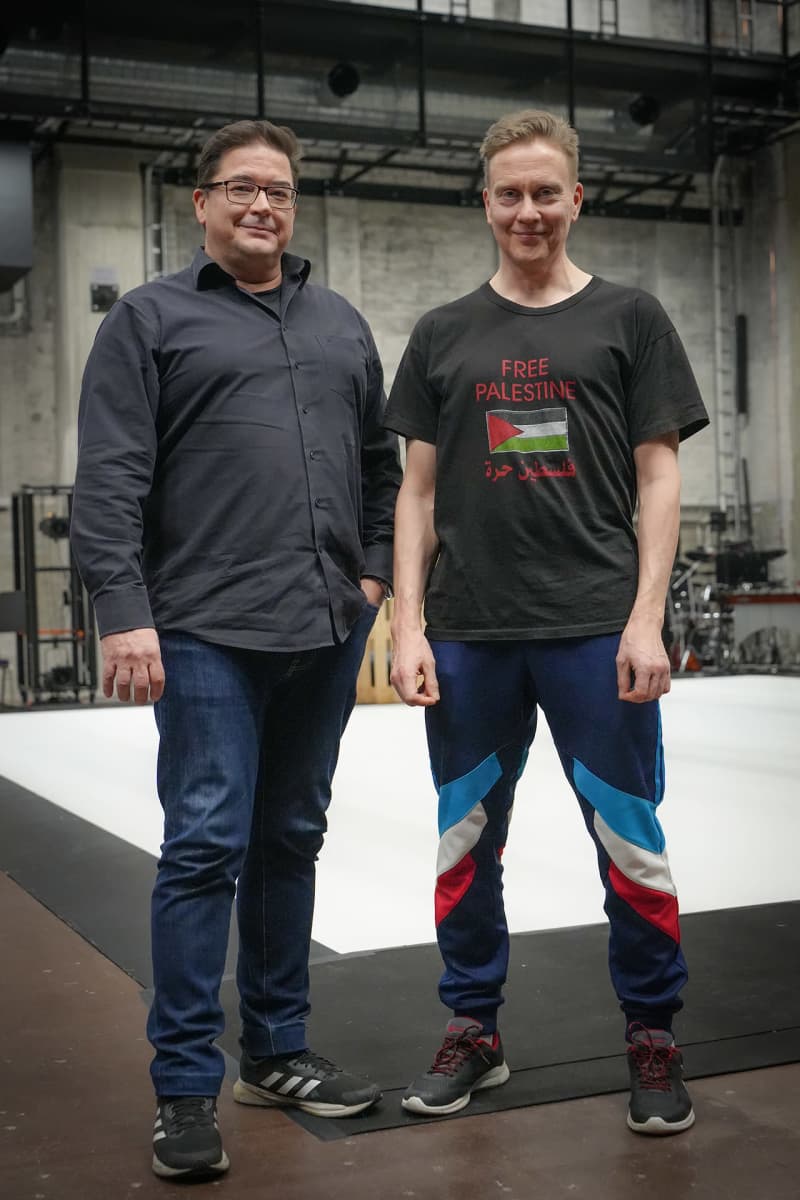
In this case, the humanoid machine song was created with the help of Yamaha’s Vocaloid 6 vocal synthesizer, and according to Savikanka, it was quite easy.
– I composed the vocal part as usual with the text I wanted, after which I entered these pieces into the program. Then I would trigger elements from the sample book according to the notes I made in the score.
Savikangas does not want to hand over the actual composing to artificial intelligence, but otherwise he wants to continue to use it.
– If artificial intelligence did the work for me, I would no longer be a composer, but some kind of operator. Artificial intelligence could be used as a ring, for example, in a project where I would write a 500-voice fugue.

Artificial intelligence builds love algorithms
At the moment, artificial intelligence is trending in the domestic art field. It is used to compose songs and many artists have tried making digital art with the Midjourney program.
Along with the *After Man* opera, artificial intelligence has found its way to Åbo Svenska Teater, whose play *\\LOVELACE\\*, set in the 25th century, includes artificial intelligence in everyone’s everyday life.
Espoo’s city theater’s *Love simulation EVE* also plays with artificial intelligence. In it, you move in the metaverse, dive into the Quantum Sea and improve the quality of life with the help of love algorithms. The goal of Evelin Jalonen-Hirano, one of the main characters of the simulation, has been to build an artificial intelligence life that would also understand people on an emotional level. Basically, it would be about empathic artificial intelligence.
Tiainen also offers a surprising perspective on the (possible) empathy of artificial intelligence:
– Artificial intelligence will probably take a long time to imitate empathy, but on the other hand, it can do it more cleanly than a human, who has all kinds of motivations in the background. Artificial intelligence, on the other hand, only exists in what is given to it in the base code.
In *Love Simulation EVE*, which is experienced in virtual reality, artificial intelligence has not actually been used in the technological sense, but there is, for example, an imaginary character created with the help of artificial intelligence.
– At the moment, artificial intelligence has hit well in graphics, but I think that artificial intelligence will gradually reach all types of art. A creative person gives the artificial intelligence instructions and a framework within which the artificial intelligence produces something new, says Eero Tiainen.
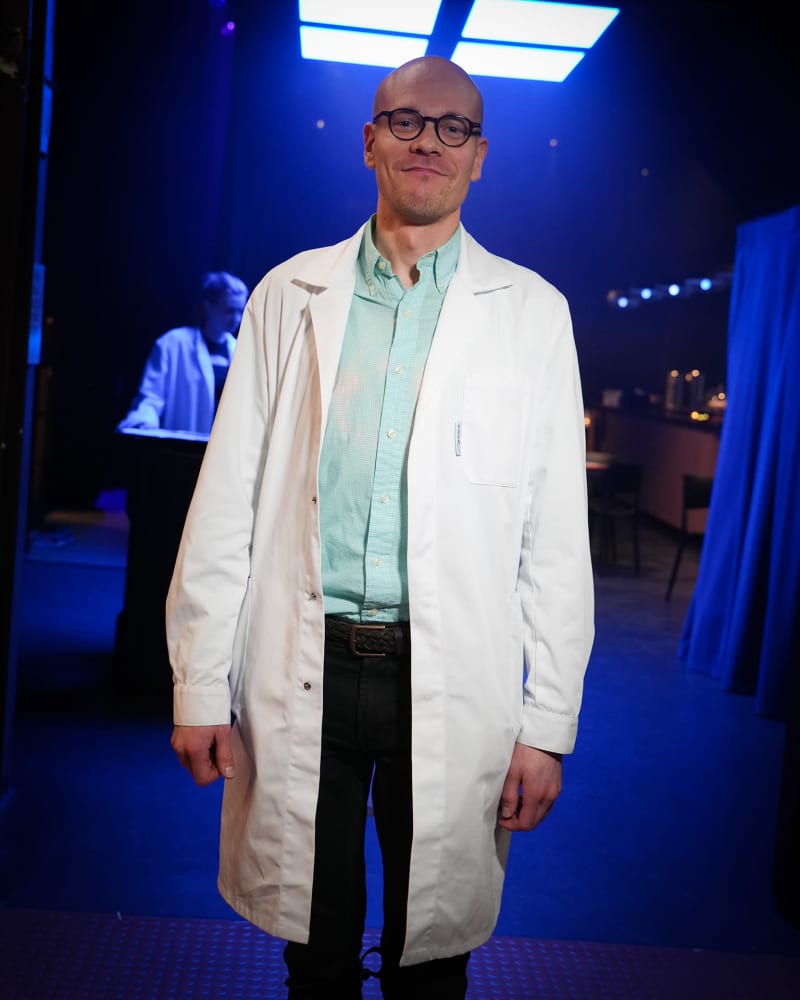
Artificial intelligence is compared to the revolution in animated films
In the *After Man* opera, the machine sings, but artificial intelligence has been used in another way. At some point, a character appears on the video screen, who literally ages.
Director Teemu Mäki gave the video software a command, and the artificial intelligence built a five-minute video clip that starts with the performer’s childhood and ends with him as an old man. The authenticity of the whole aging process is confusing.
– In this context, it is convenient that the machine can make such a video. It’s about cooperation, but artificial intelligence does not participate in decision-making, at least on a conscious level: I evaluate whether the end result is from somewhere and whether I even want to use the video in question.

Mäki reminds us that the whole concept of artificial intelligence is to some extent misleading: it is not about intelligence outside of humans, but about software that is given tasks and that it carries out. Even so, there is currently a debate about whether artificial intelligence will make artists redundant.
Mäki compares the current artificial intelligence boom to the revolution in animated films: in the past, every frame was drawn and painted by hand. Then came Pixar and computer animation. The job descriptions changed, didn’t the jobs necessarily decrease.
– I think it’s the same in all art: the amount of artistic work will not necessarily decrease, but the kind of competence needed and what one wants to do with toys will change.

